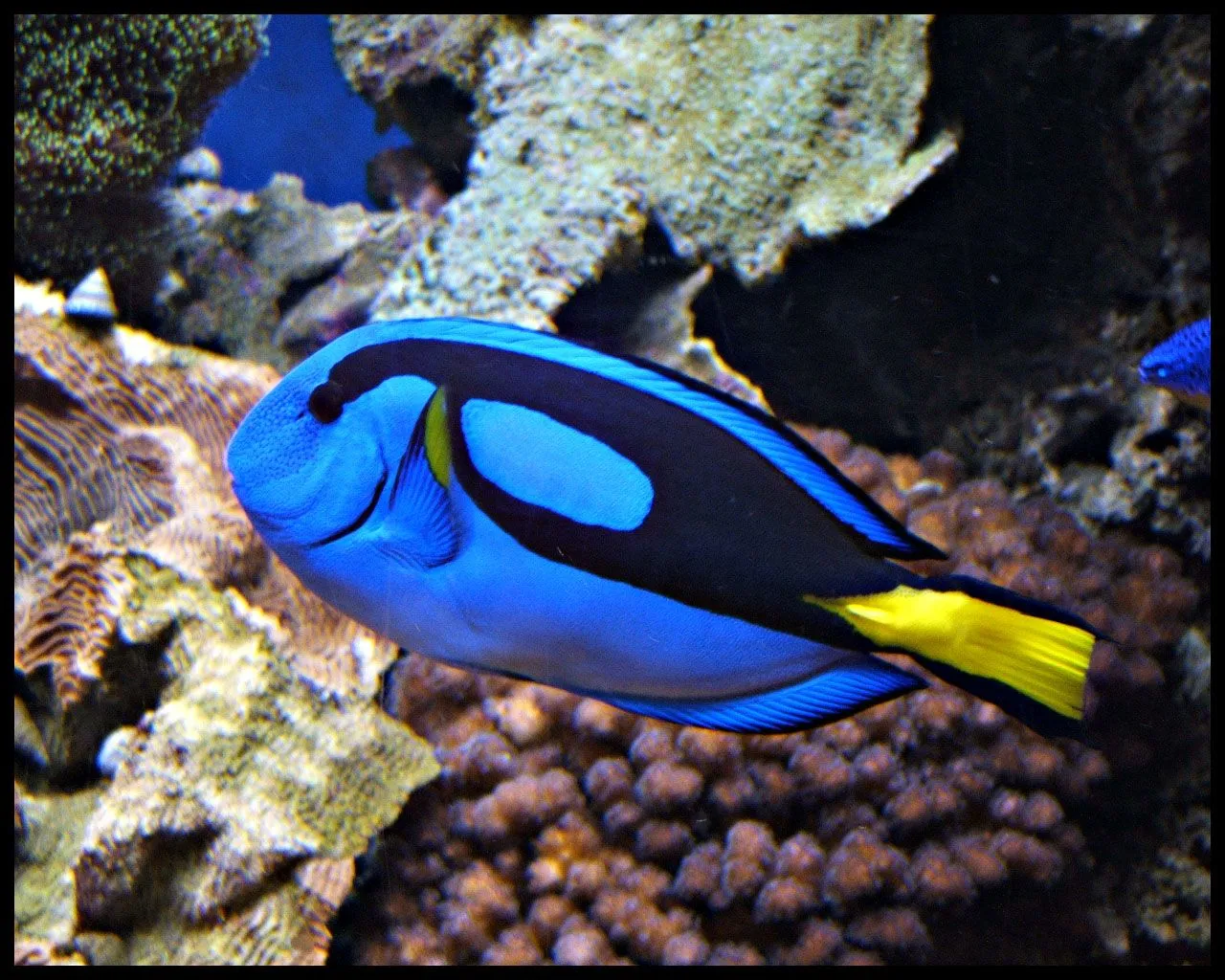Damselfish are often used to break in or cycle a new aquarium. It is important to remember that even though these fish are hardy and can handle the adverse conditions of a new aquarium, they may become quite aggressive among themselves, and toward other tankmates. Most of these fish stay in small shoals in the wild when young, breaking away from the group as they grow, and eventually become solitary as adults. When dealing with several Damsels in one aquarium, plenty of rockwork and hiding places are necessary in order to keep quarrels to a minimum. The Chromis are a genus of Damsels that are schooling fish. They do well in an aquarium in groups of the same species.
No significant markings or distinguishing characteristics differentiate males from females. Damselfish can be successfully spawned in an aquarium. The male Damsel is usually responsible for the care and maintenance of the eggs after the fish have spawned.
They are generally compatible with:
Dwarf Angelfish, Large Angelfish, Anthias, Basslets, Blennies, Boxfish, Clownfish, Goatfish, Gobies, Hawkfish, Hogfish, Parrotfish, Pseudochromis, Puffers, Tangs & Surgeons and Wrasse.
Caution is required with:
Anglers & Frogfish, Batfish, Butterflyfish, Cardinalfish, Damselfish, Filefish, Grunts & Sweetlips, Squirrelfish and Triggerfish.
They are not compatible with:
Eels, Groupers, Lionfish & Scorpionfish, Seahorses & Pipefish and Sharks & Rays.

No comments:
Post a Comment